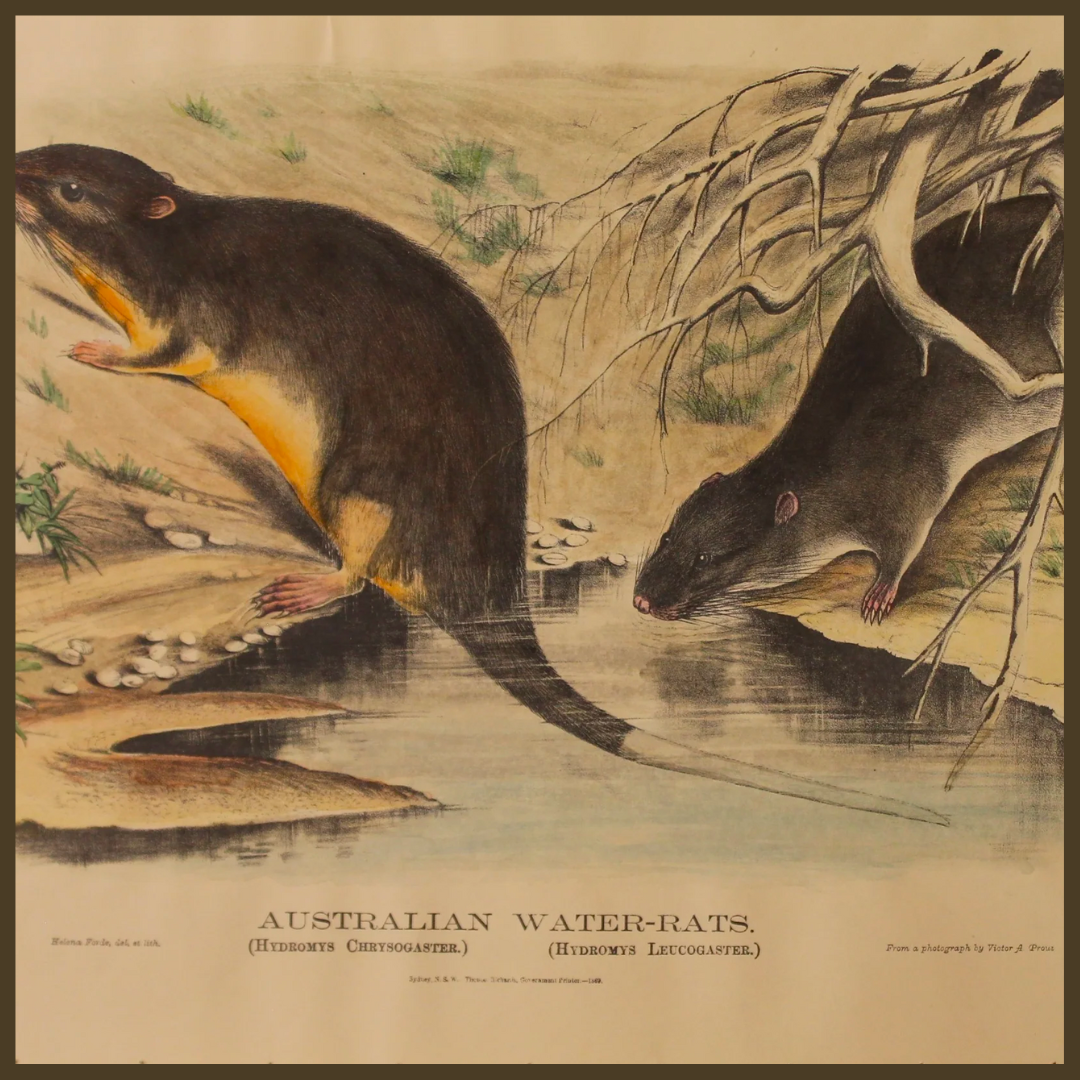
MENS FASHIONS 1920s
Share
1920s men’s fashion was the start of menswear as we know it today. It was a time of classic sophistication with a level of fun that had gone by the wayside in favour of more and more casual modern clothing. Colours in 1920s men’s clothes were mostly neutral with patterns, but the accessories popped with vibrant colours — just like they did for women’s 1920s fashion. Popular TV shows such as Peaky Blinders, Boardwalk Empire and Downton Abbey have brought back the appeal for 1920s men’s fashion today.
There is an extensive amount of detailed 1920s men’s fashion history articles on this website as well as links to new 1920s vintage inspired clothing to create your own outfit. Here is a brief rundown of 1920s men’s fashion history with links to more 1920s men’s fashion history and shopping sources.
The essential part of a 1920s man’s wardrobe was his suit. For day, evening, work, or parties, a man always wore a suit. The only exceptions were for blue-collar workers, sport players, and young teen and college men who dressed more casually — but even they owned second-hand and often mismatched suits, and wore them with pride.
What sets 1920s men’s suits apart from other decades are the materials and how they fit. Suits were mostly made of thick wool, wool tweed, mohair, wool flannel, and corduroy that made them heavier than today’s suit materials, but lighter than the previous decades.
Suit jackets were either single or double breasted and featured 3 or 4 buttons up the front. The top button came to the centre of the heart, giving way to notch lapels that grew wider each year. The height of the suit lapels is what really sets 1920s suits apart from suits of other eras. When buttoned, jackets would completely cover vests, exposing only the shirt collar and necktie.
Many 1920s men’s suits featured two sets of flap pockets, which is another characteristic missing from modern suits. The colours, on the other hand, were similar to previous decades: dark and light browns, medium blues, dark green, and greys with the occasional pastel (pink!). There was also ivory, white linen, and cotton seersucker for Summer
Patterns were distinctive. They could be big plaids, checks, windowpane, thick shadow stripes, or thin pinstripes. Wearing tweed suits was popular in Europe year-round and for winters in America.
Despite what the usual gangster wore in TV and movies, one colour a man’s suit was not was solid black. Black was a colour for mourning. The 1920s gangster wearing a black pinstripe suit was one perpetuated by Hollywood in the 1940s and 1950s. Wealthy bootleggers and gangsters in the 1920s would have been impeccably dressed in the latest suit fashions, imported from Europe and tailored to a perfect fit. Those devils would have wanted to show off their wealth and have a larger than life image, perhaps to make the gangster life appealing to new recruits.
The 1920s suit fit changed from a snug slim fit in the “Jazz age” early years (1918-1923) to a looser boxy fit after 1924. The current trend for vintage-inspired menswear reflects the slimmer fit, while women’s fashion has embraced the later years.
Suit jacket lapels grew wider each year, the peak lapel became a new trend, and the slit pocket became a new feature to suits by the late 1920s. More colours in unique shades such as pink, light green, lilac, blue-grey, and grey-green also emerged in America. Do not be afraid to wear those colours.
Besides lighter and brighter colours, summer suiting while on vacation or in hot climates embraced the all-white suit. Ivory or bone were easier suit colours to keep clean. White trousers paired with a navy-blue blazer was a common summer outfit for yacht owners and ivy league college kids. It was worn with a captain’s hat and either white nubuck Oxfords or two-tone sport Oxfords.
Some Ivy League outfits embraced the traditional striped boating jacket made up in a college or gentlemen’s club colours. The rowing team started the look back in the 1860s, but other team sports such as cricket and lacrosse wore them as well. Enthusiastic spectators also began wearing the blazers to sporting events.
The vertical striped blazer may have been adopted by musicians and barbershop quartet singers, but probably not. Again, it was one of those Hollywood (eh-hem, Disney) interpretations that put performers in more colourful costumes.
For evening entertainment, men would change out of a day suit and into a full tuxedo to attend the opera, a fancy dinner, the theatre, or a high-end night club. Evening suits consisted of a traditional tailcoat, wide satin stripe dress pants, a white wingtip collar shirt, black silk top hat, black patent shoes, and either a white vest/bowtie for white tie affairs (most formal) or black vest/bow tie for black tie affairs (semi-formal). The new dinner jacket (tuxedo jacket) began to replace the long tailcoat in the mid-’20s as a more casual and comfortable option.
The other formal day outfit is the morning suit (not mourning as in funerals). It was worn for weddings that took place in the morning (get it?), as well as classy British events such as Royal Ascots. Some older businessmen continued to wear them to work. A black morning coat paired over grey striped trousers with a buff, ivory or back vest, bowler hat, spats, and a cane. This outfit is experiencing a revival today as a unique groom’s attire.
This is a great article from
www.vintagedancer.com/1920s/1920s-fashion-men/
Related Tag: Buy Vintage Prints Online



